INTERNATIONAL STRATEGY FOR UNIVERSITIES: 10 KEYS TO SUCCESS
BY CHRISTOPHER CRIPPS
The landscape of French higher education is changing, and French universities are manoeuvring to capture more international limelight. But at conferences where I’ve been invited to speak on how to improve the attractiveness of French universities, very few hands go up when I ask the audience how many have developed a formal international strategy. “We tend to believe that since we’re good, the world will come to us,” one French university president told me after a talk last year. On the off chance that the world is busy with other things, let me share my 10 keys to success in international strategy:
FORMALISE THE STRATEGIC PROCESS
The first key to success for an international strategy is having one! Like companies, governments and NGOs, a university must decide where in the world it should concentrate its efforts, with which partners, and for what types of activities. Analyse the university’s strengths in education and research, existing relationships, and the means at its disposal to achieve its objectives within a set time frame. If your university is ranked internationally, define how to capitalise on that ranking. If it’s not, study the different rankings’ internationalisation criteria to help inspire your strategy. In today’s ever-changing, globalised environment, a solid three-year international development plan is a good start.
DEFINE THE SCOPE OF THE STRATEGY
Formal international relationships have traditionally focused more on student and faculty exchange. Enlarge the scope of the university’s international development to include collaborative research, joint academic programme design and delivery, innovation and entrepreneurship, and activities with companies.
SOLICIT INPUT FROM STAKEHOLDERS
Don’t go it alone. Involve representatives from across the university community in the strategic process. Establish a framework and ask for input from faculty, staff, local and international students, alumni, corporate partners, ministries, diplomats, and international partners. You’ll get a real-world perspective that will allow you to fine-tune the scope and prioritise actions.
SELECT KEY PROJECTS AND PROGRAMS
Make a short list of the university’s core projects and programmes that can be highlighted as you establish new partnerships worldwide. Comparing strategic research initiatives with a potential partner is always an effective way to start exploring avenues for cooperation.
DETERMINE STRATEGIC COUNTRIES
It’s neither possible nor desirable to try to be everywhere. A maximum of five or six strategic countries will suffice. Combine a bottom-up and top-down approach. Use input from stakeholders as well as reliable analysis of your university’s existing academic and research collaborations to see in which countries the university already has an impact. Next, take a closer look at countries in which your university is not active but perhaps should be. Your criteria could be fast-paced economic growth, student quality, research output, and the number of major companies from your home country doing business there.
REFINE STRATEGIC PARTNERSHIPS
Universities often boast hundreds of partnerships, but how many are truly active? Leading universities are downsizing their partnerships to focus on a smaller number of key institutional relationships for more intensive cooperation, often based on co-financed collaborative research projects, faculty and student mobility, and joint programmes. Select strategic partners by capitalising on current successful relationships. Target universities considered as peers in terms of quality, research output, reputation, and international outreach. Be realistic, neither aiming too high or too low. Determine the number of strategic partners by evaluating the university’s capacity to sustain the relationships. Don’t sign agreements that just collect dust!
ESTABLISH A PROFESSIONAL INTERNATIONAL TEAM
Without support from the leadership, the best strategies will fizzle out. International strategy must be incarnated by the president or provost. A vice-president and/ or director of international affairs must build a team that will drive the strategy, set activities in motion with various departments across the university, and liaise with international partners.
ALLOCATE ADEQUATE FUNDING
International development is not a cost; it’s an investment! Use this phrase to open all budget discussions. Serious international development comes with a price tag to hire a team, cover travel expenses, finance partnership activities, and host international delegations. Secure realistic funding to ensure ongoing success.
ENHANCE COMMUNICATION EFFORTS
Once your shiny new international strategy has been approved by the university’s president and board of trustees, intensify communication and PR both internally and externally. Internally, those who helped to frame the strategy should help to spread the word throughout the university. The snappy mission statement that opens your strategy document must be known by all. Organise an internal roadshow to promote the strategy. Externally, publish a non-confidential version of the international strategy to inform partners and peers, the press and public about your plans. Update that old website and be active in international conferences, associations, and other events. In a nutshell, show the world that you mean business.
PLAN THE NEXT THREEYEAR PHASE
Be patient. Measurable results take time, and international strategies shouldn’t be modified too quickly. New opportunities shouldn’t be ignored but must be coherent. Developing phase two of your strategy starts at the beginning of phase one. As you meet initial targets, you can legitimately scale up your institution’s international outreach – aim for more prestigious partners, explore new countries, and tackle more ambitious projects. Plan on a 9 to 12-month strategic process filled with hours of interviews and meetings.
The project leaders will be met with scepticism, incomprehens ion, and tough questions along the way, but all this will help to focus the strategy to align with the university’s core values and competences. The resulting strategic framework provides comfort to colleagues as it helps them to set their objectives and make decisions that are coherent with the overall international mission. If executed properly, your international strategy will be applauded and your academic community will be more excited to work on phase two, aiming ever higher to increase your university’s impact worldwide. Bonne chance!
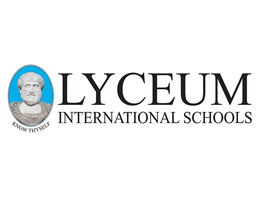


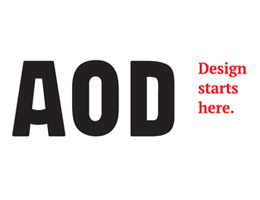
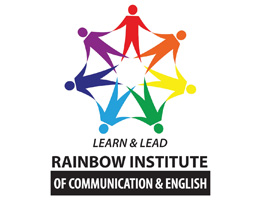






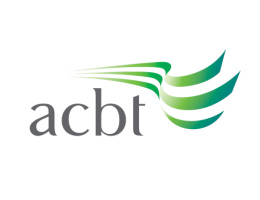
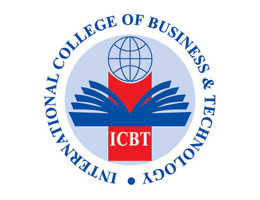


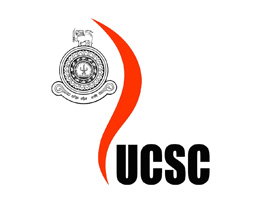























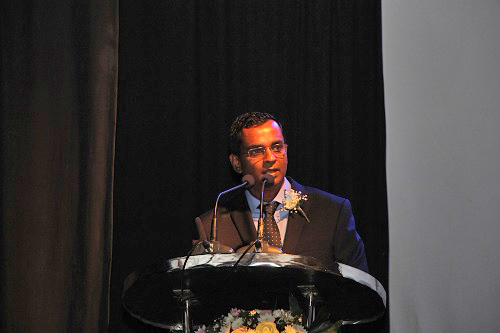

.jpg)
.jpg)
.jpg)
.jpg)
.jpg)

